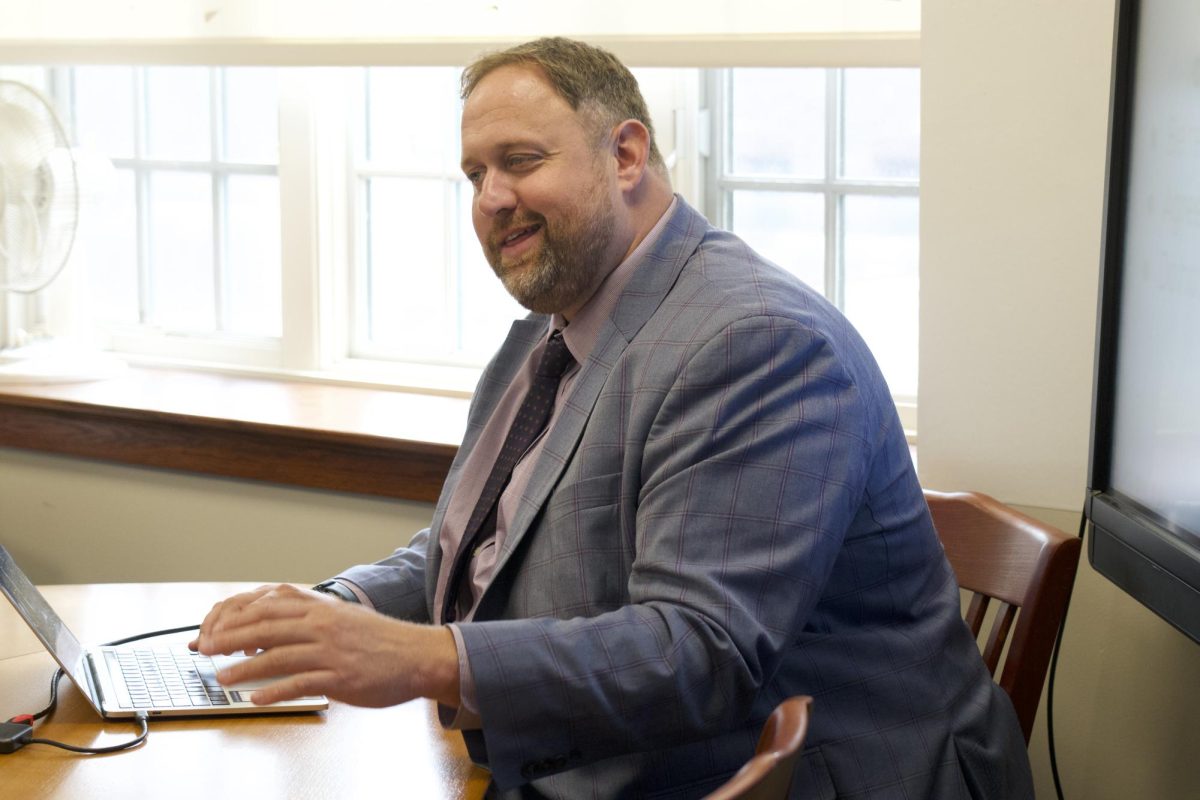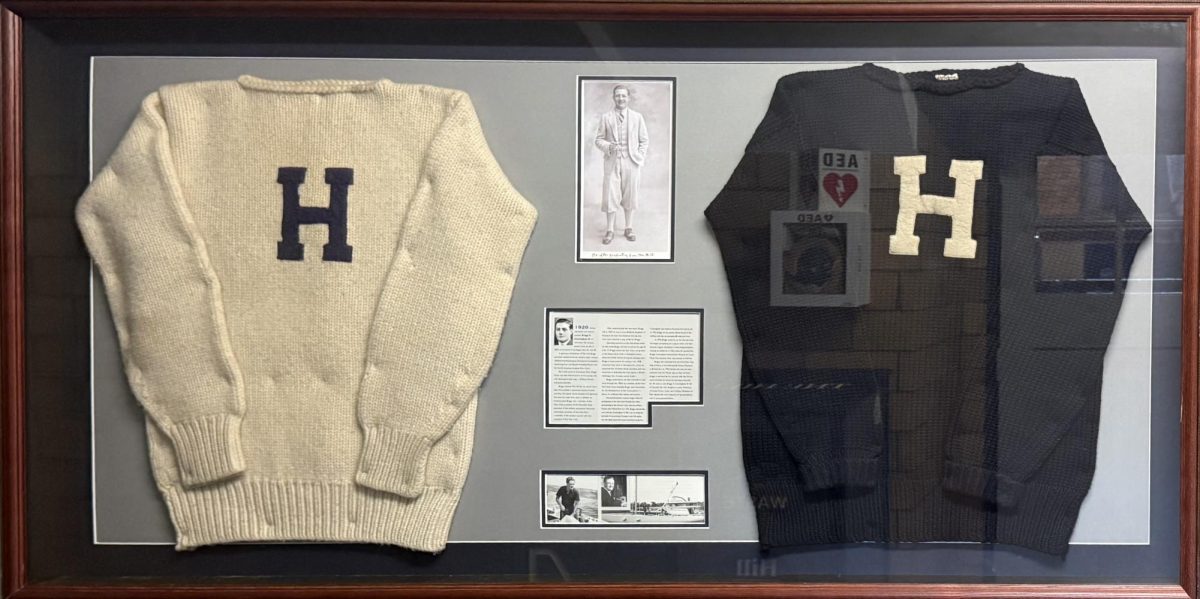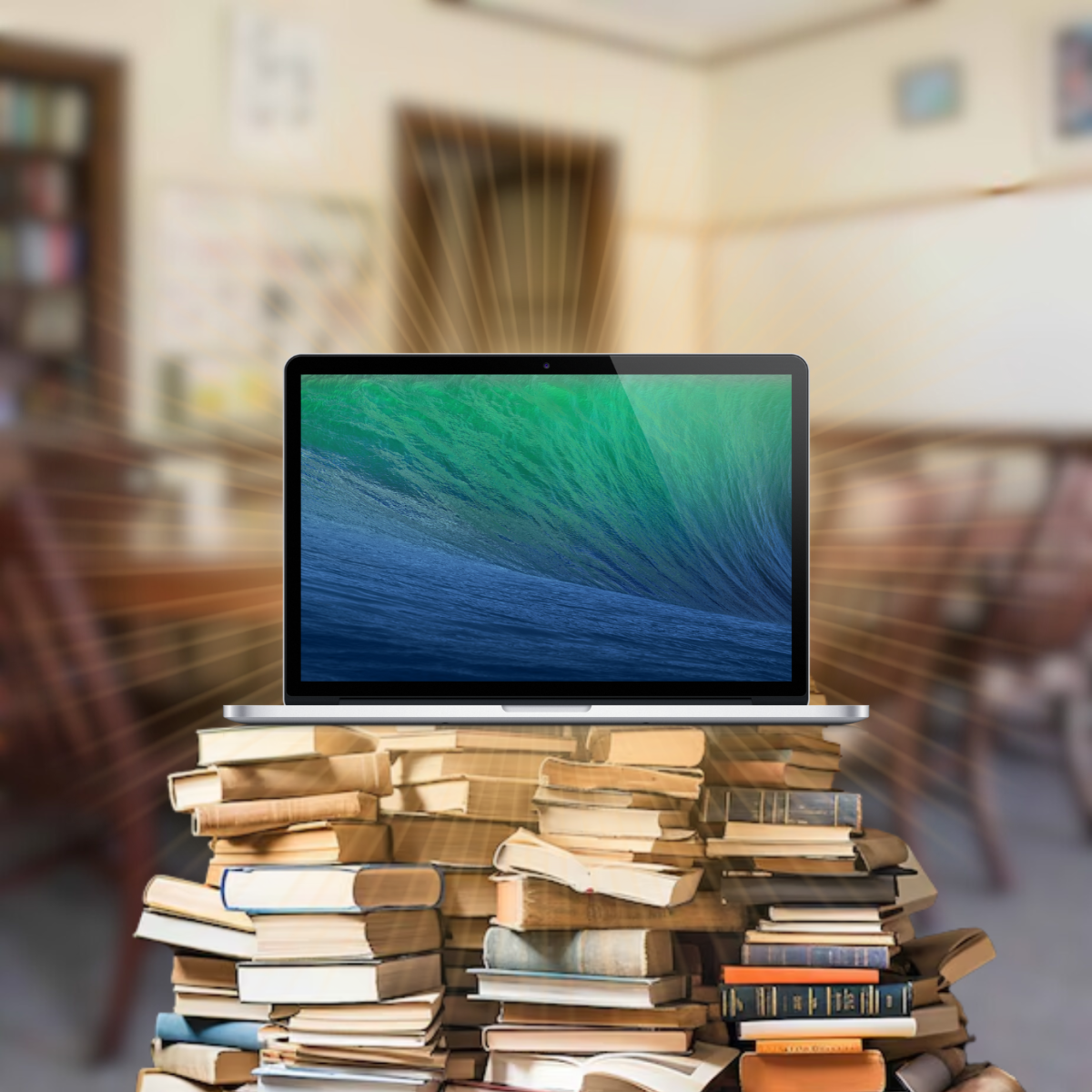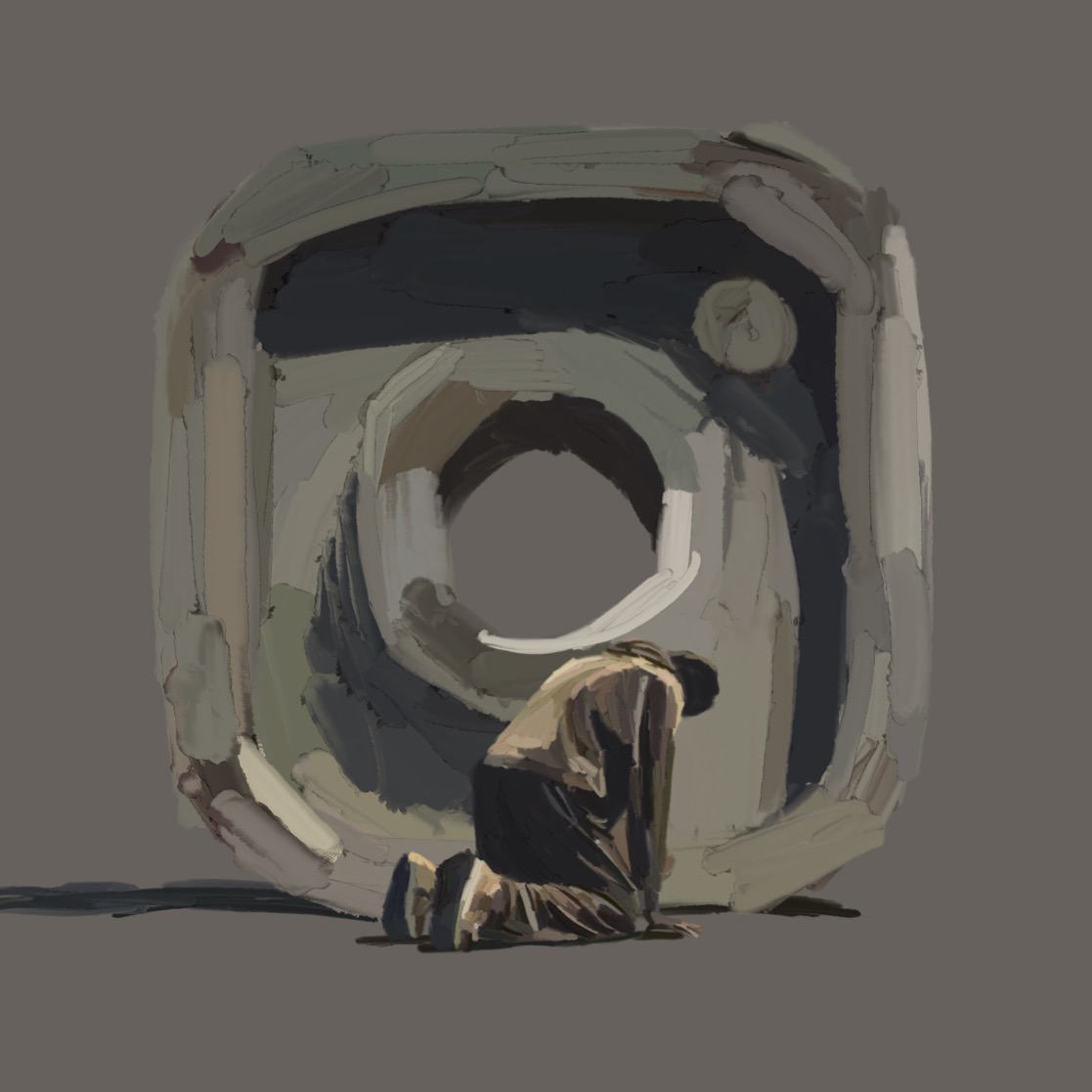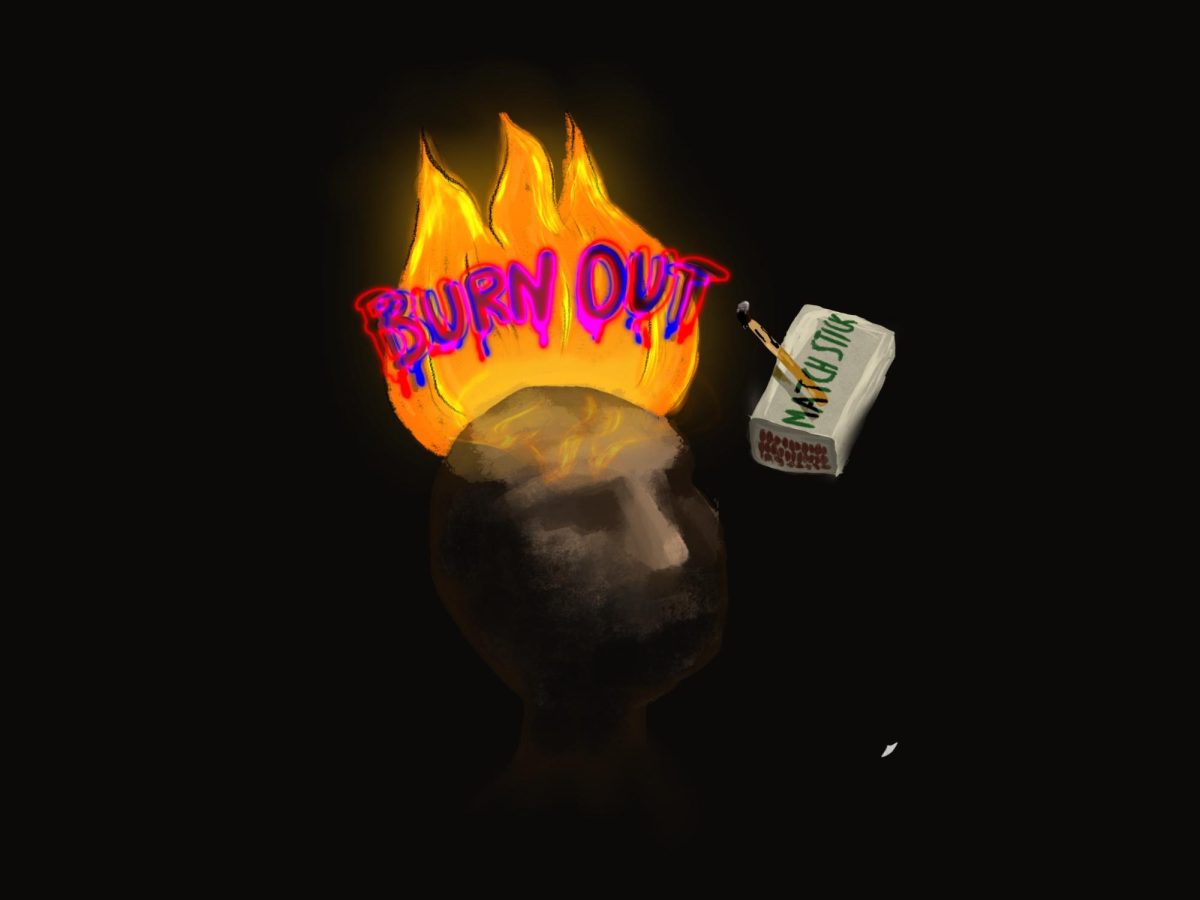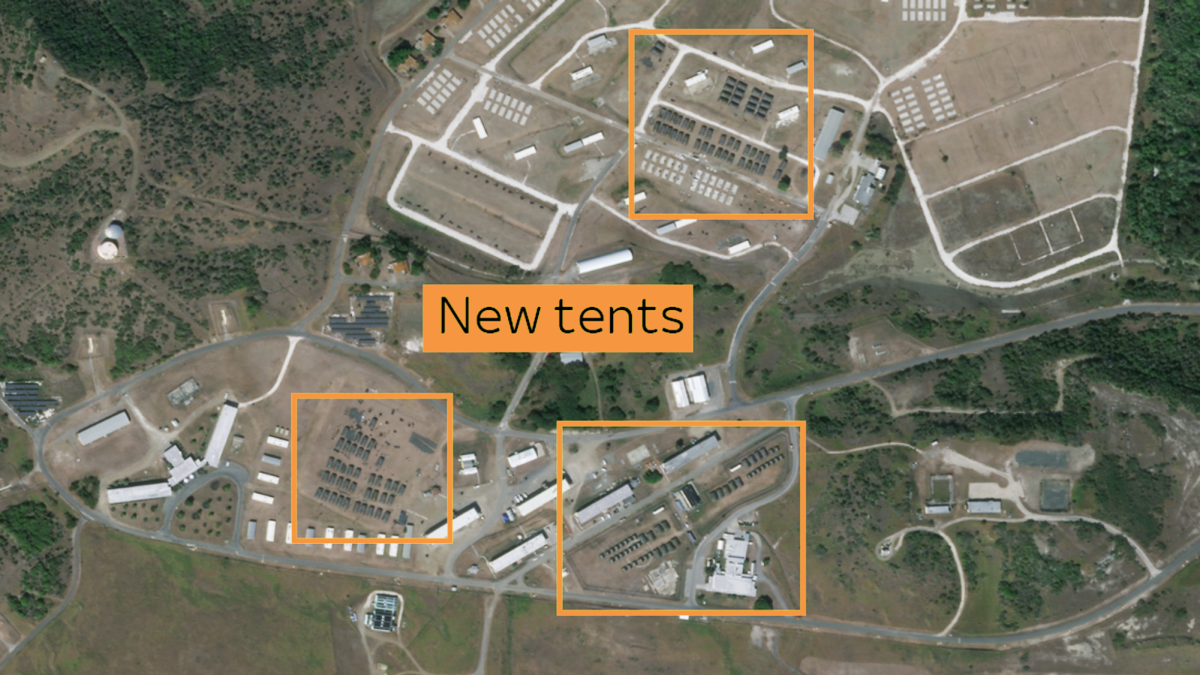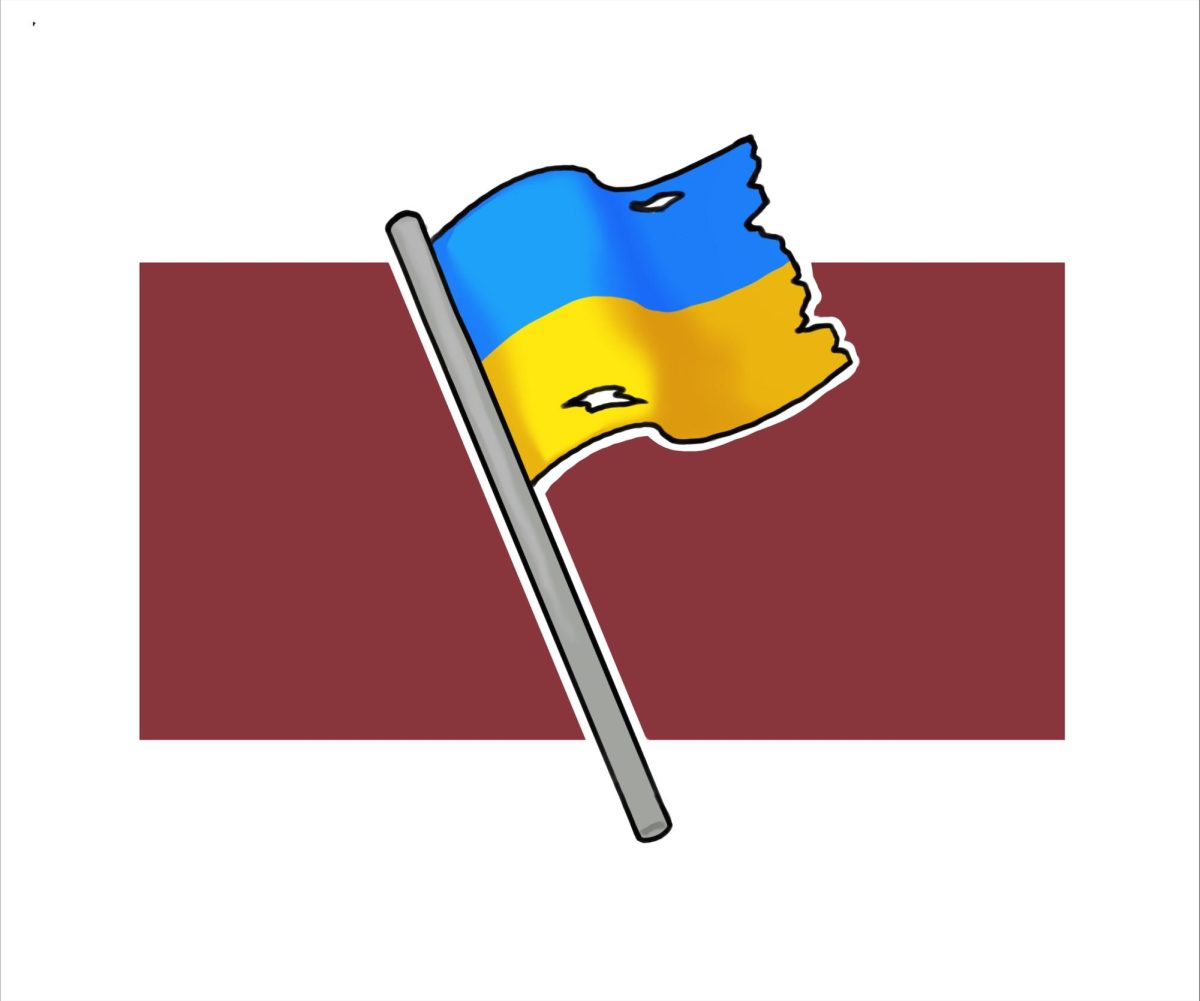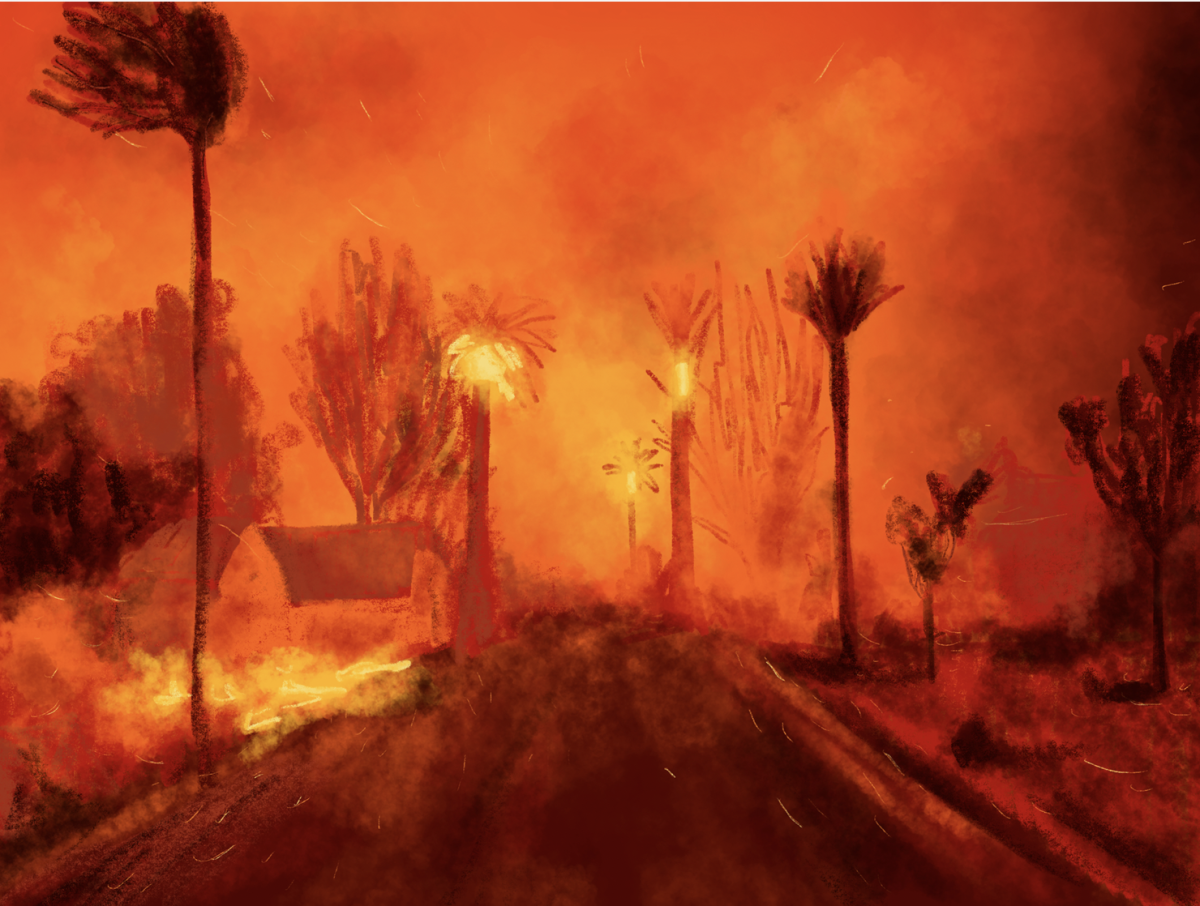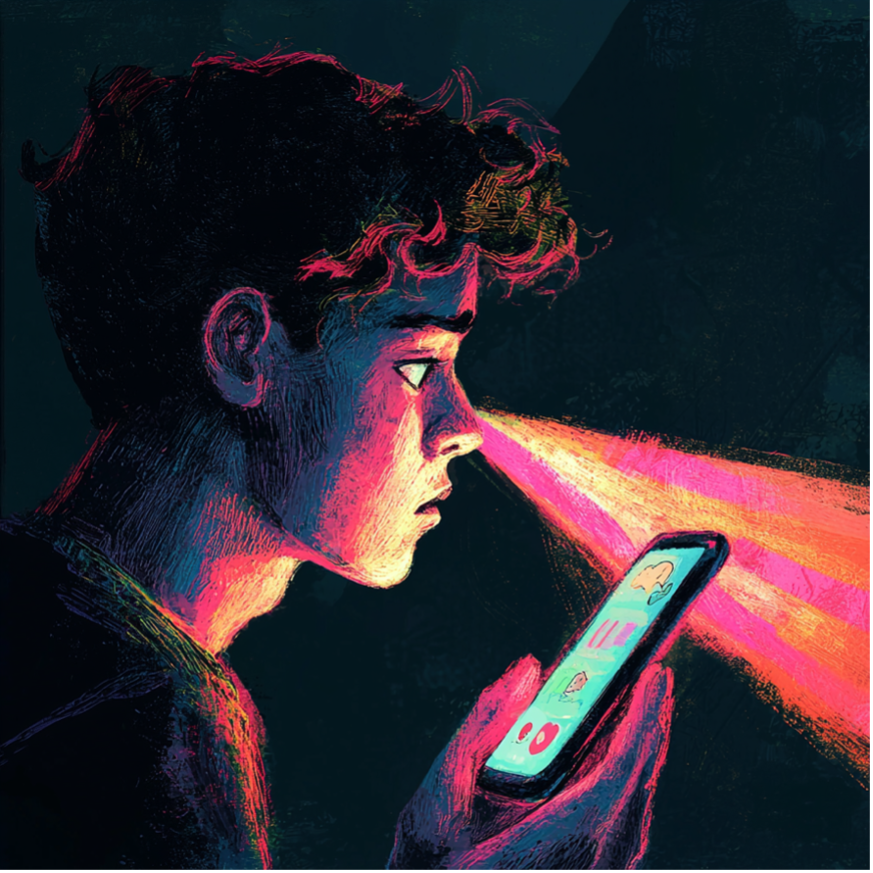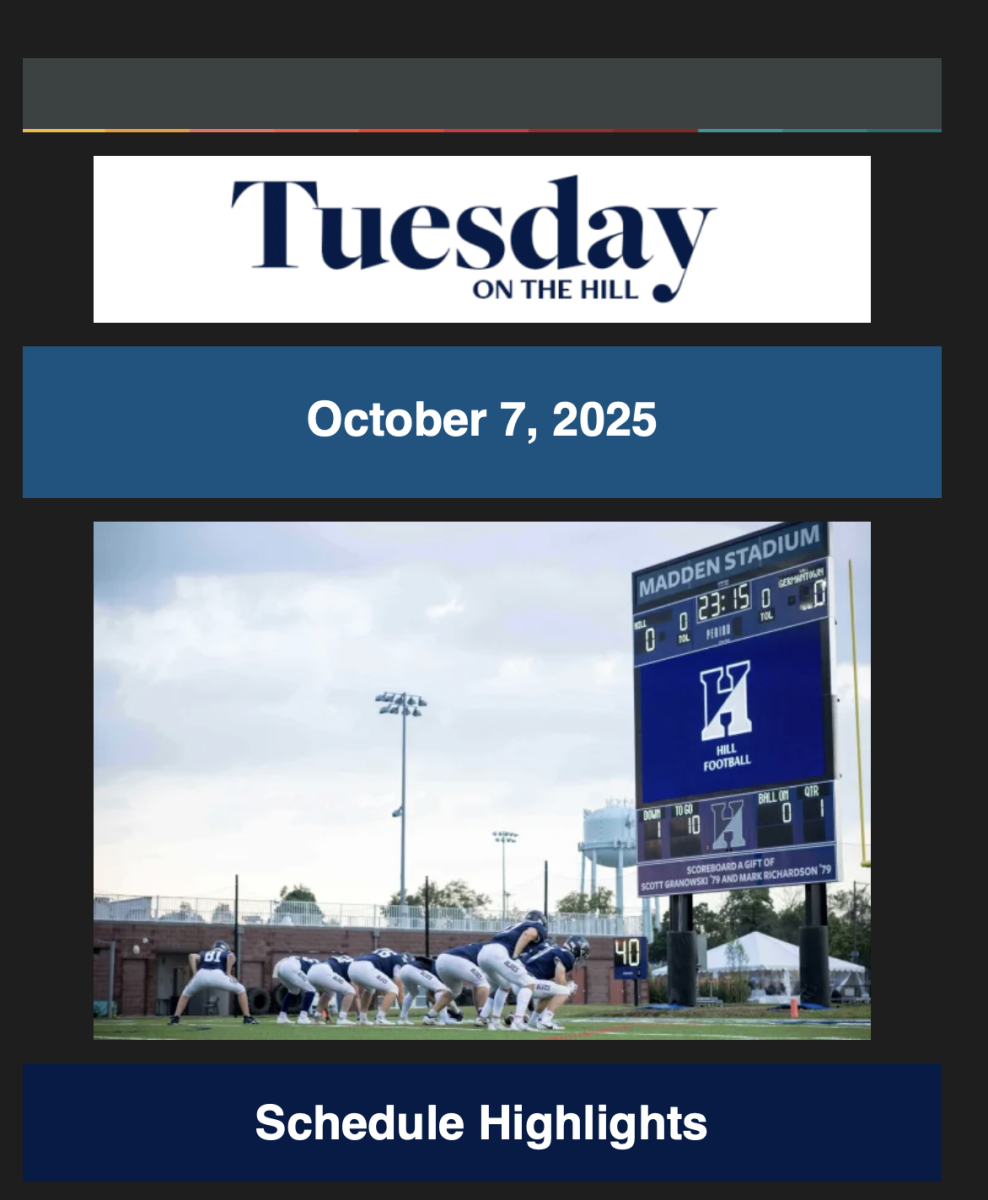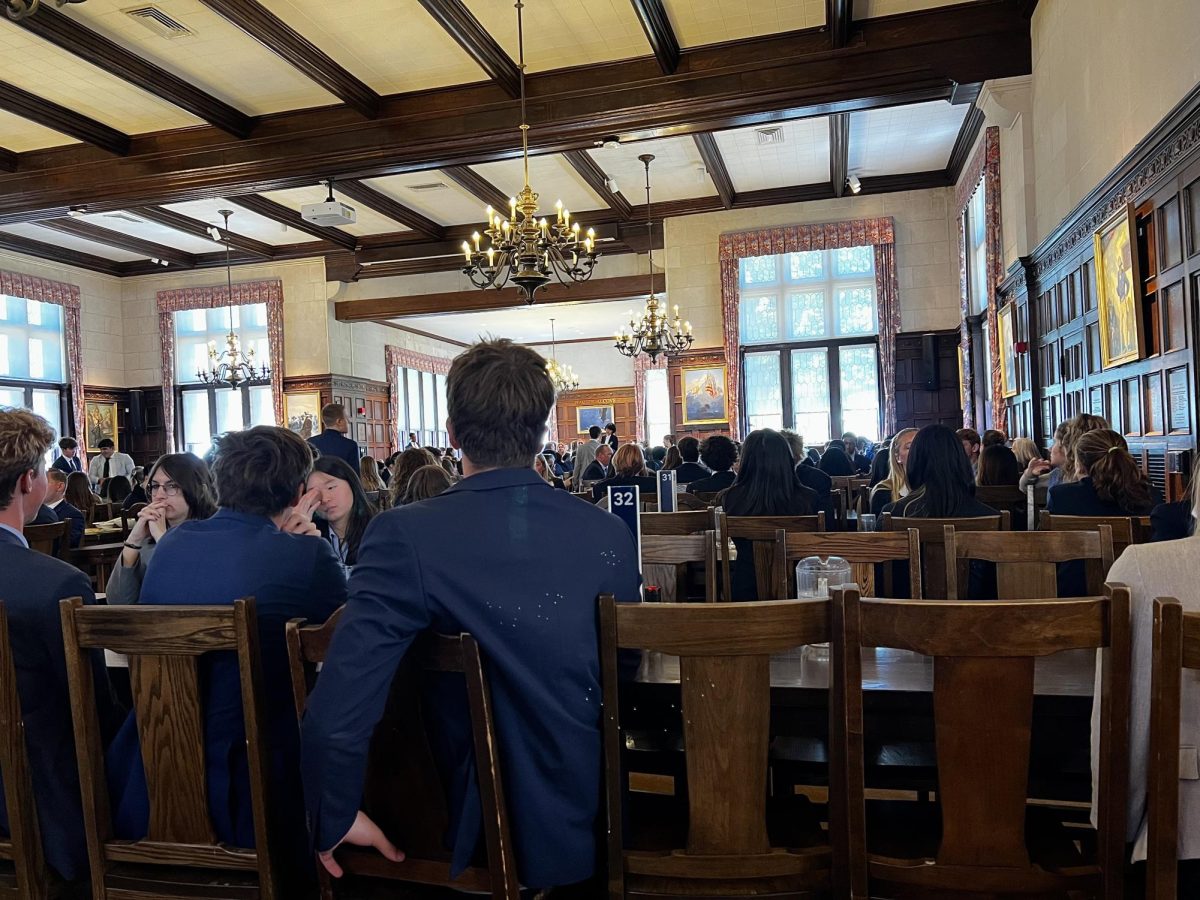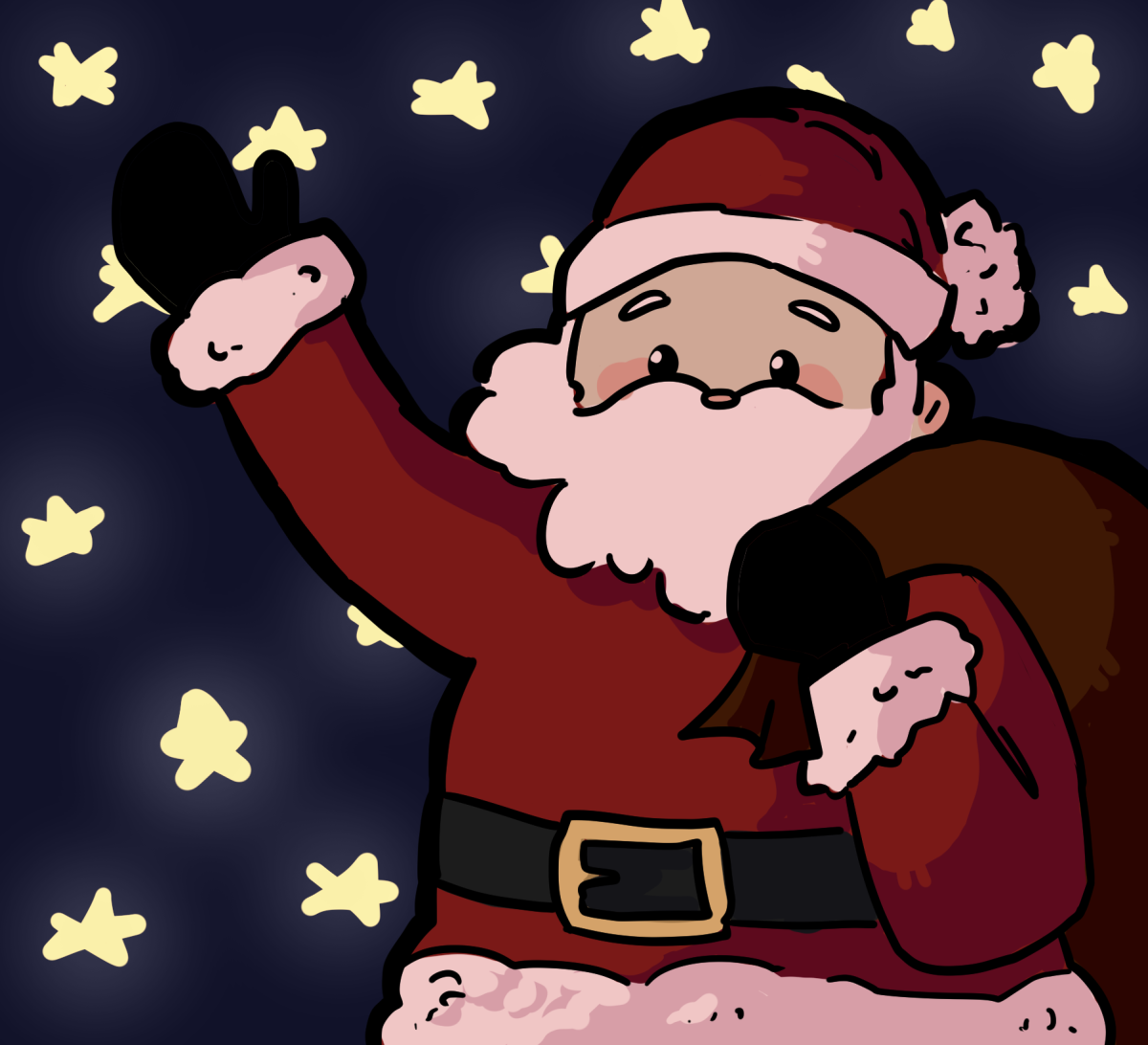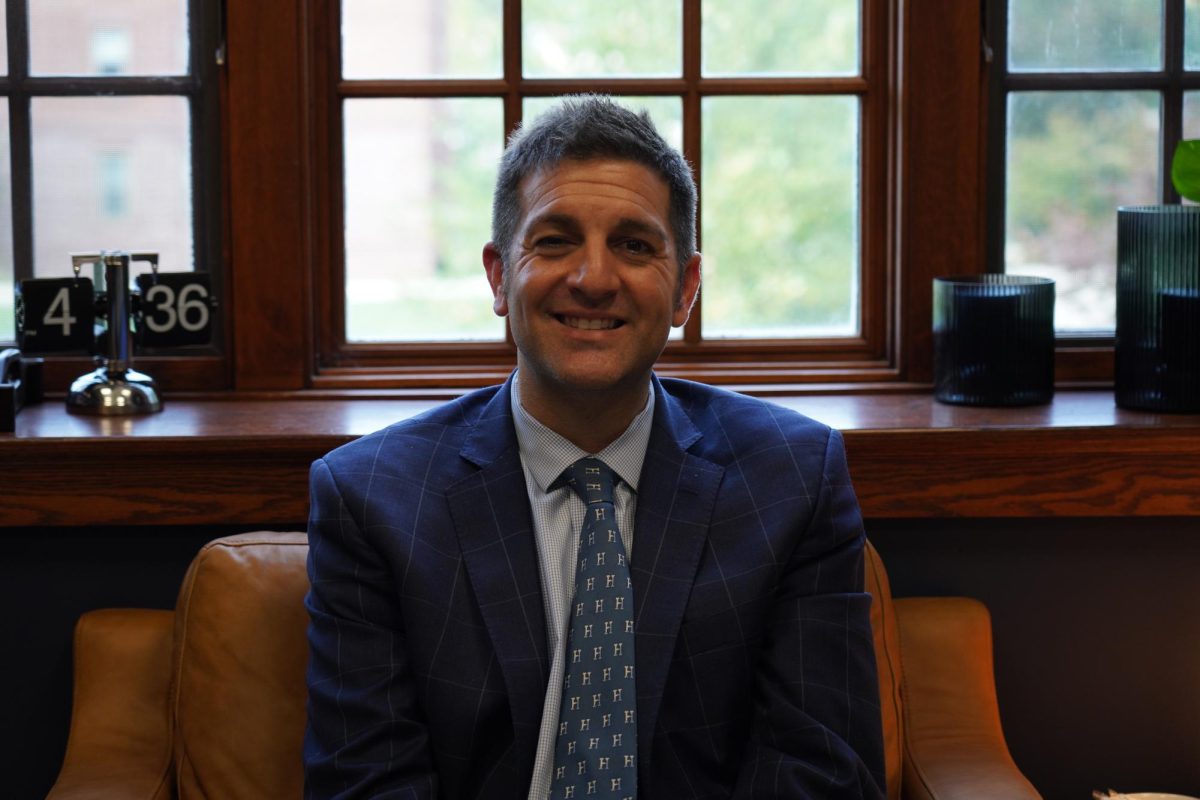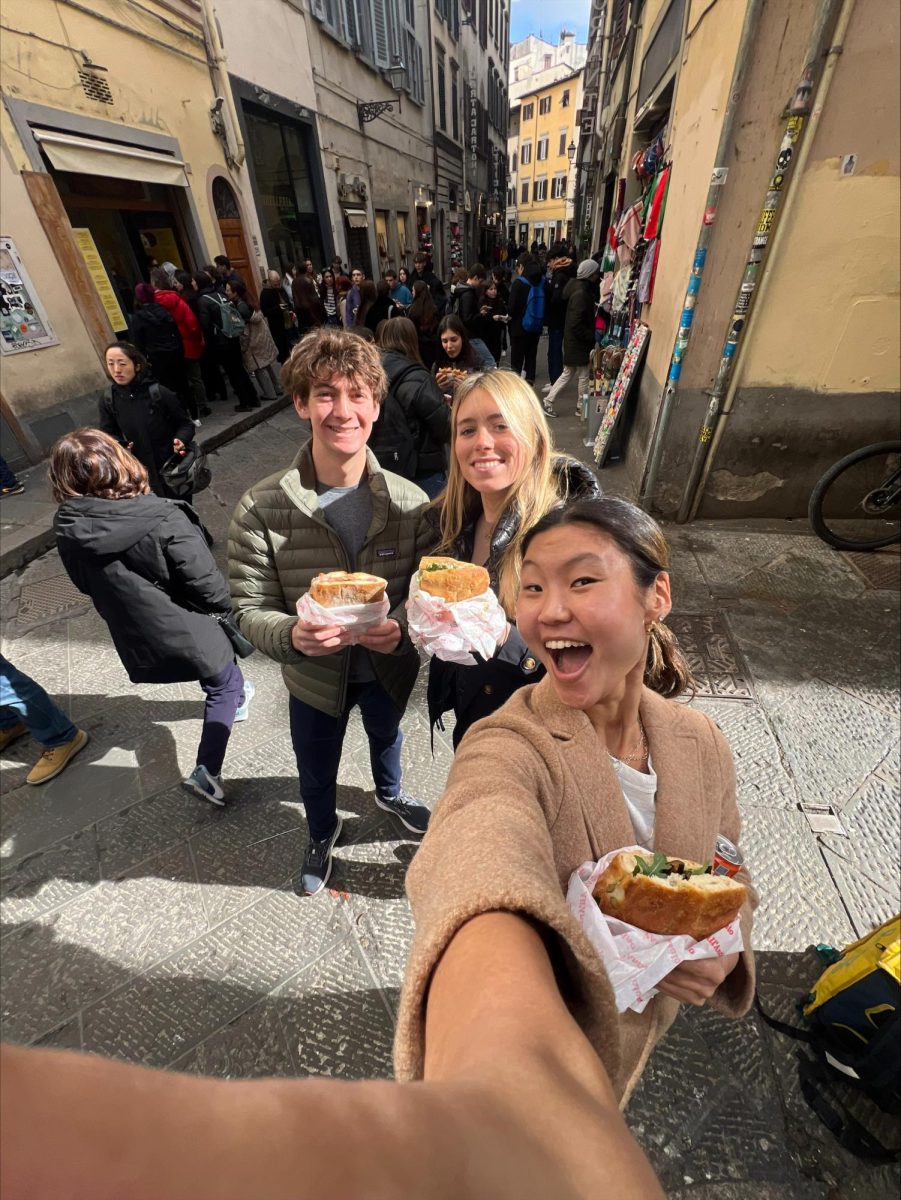What do Rome, Florence, Pompeii, Capri, and Sorrento all have in common? This past March, 10 Hill students and faculty went on a classics and humanities class trip to the five locations throughout Europe. Prepared by Henry Bender, Emeritus Chair of Classics and Humanities, in conjunction with Edward Turner, Chair of Classics, and Melissa Toomey, the Isaac Thomas Professor of Classics, the trip lasted 10 days and covered a wide range of cultural and historical sites.
For the first stop, the crew arrived after traveling from Philadelphia International Airport and went to Leonardo da Vinci–Fiumicino Airport in Rome. During their first day, they visited famous sites such as the Basilica of Saint Mary of Minerva, the Pantheon Square, and the Colosseum.
When asked about insight as to why these sites were visited, Turner said although it “will sound like a corny answer, the entire city of Rome is in and of itself a museum, because it is a city that contains the ancient world, the medieval world, the Renaissance, and the modern world.” For Turner, a trip to through the famous city means “you are constantly walking on history in Rome.”
As they continued their journey, the group delved deeper into the rich history of Rome. They explored the intricacies of the Imperial Forums, including those of Trajan, Augustus, and Julius Caesar, immersing themselves in the stories of ancient politics and power. Apart from these sculptures, they also visited the iconic Sistine Chapel, St. Peter’s Basilica, and many more. All of these sites offered a glimpse into the layers of Rome’s past buried beneath its modern surface.
During the middle of their voyage, the crew shifted their region to Florence’s renowned museums, like the Museo della Opera del Duomo to the Bargello Museum, where they encountered masterpieces by Donatello and Michelangelo. Crossing the Ponte Vecchio, they immersed themselves in the city’s vibrant atmosphere, indulging in its artistic offerings and timeless charm. After this, they also visited Pompeii, where the group delved into the haunting ruins of the ancient city frozen in time.
Overall, the students and faculty enjoyed their trip. When asked about some memorable moments or experiences from the trip, Ella Lee ’24 said that the most memorable moments were “seeing the Colosseum, touring Michelangelo’s ‘David,’ and getting to go to the leather shop in Florence.”
Although for some of the students, it was their first time traveling to Europe, seeing the different cultures and arts they had learned for the past few years taking classics in real life was what most excited them.
“Learning upfront like that is something that is so transformational it is hard to describe,” Lee said. “I think it made me appreciate all the time I have spent studying classics.”

